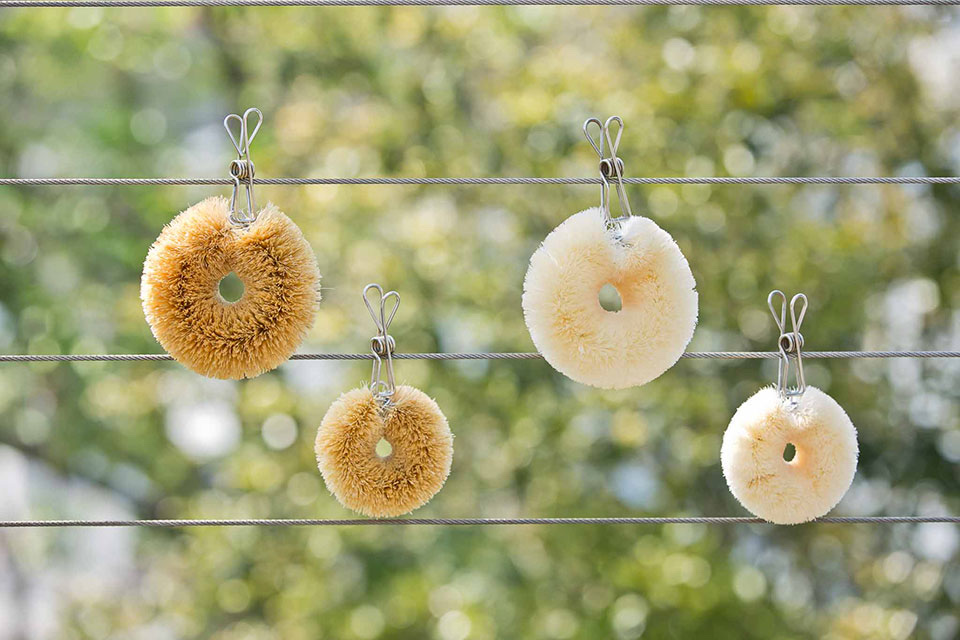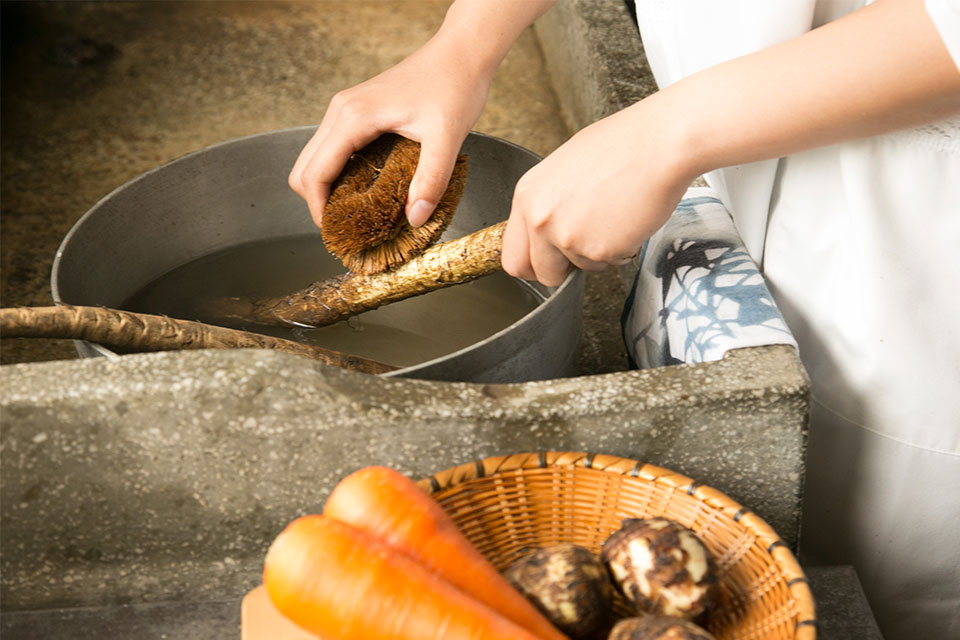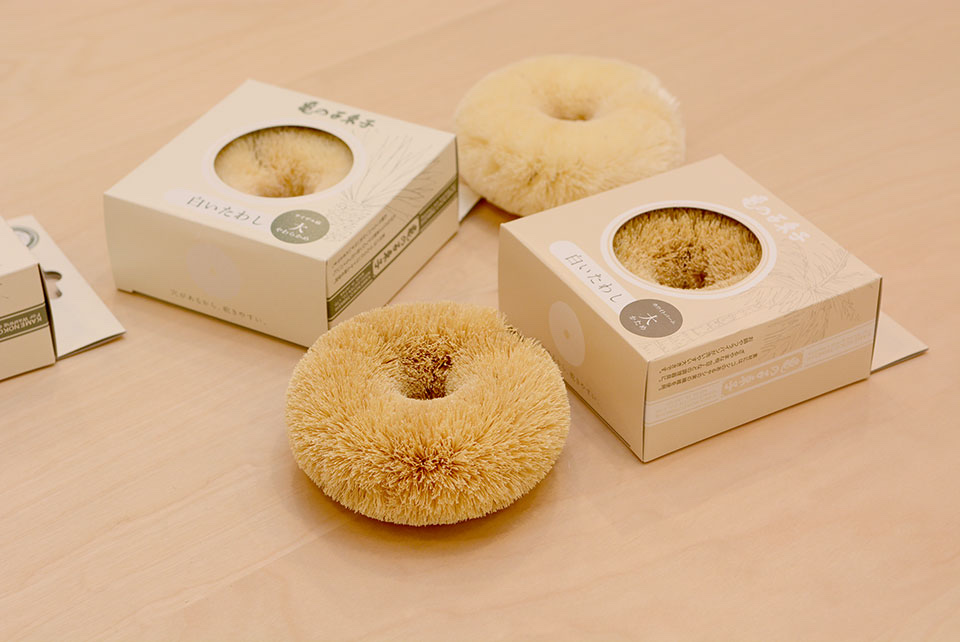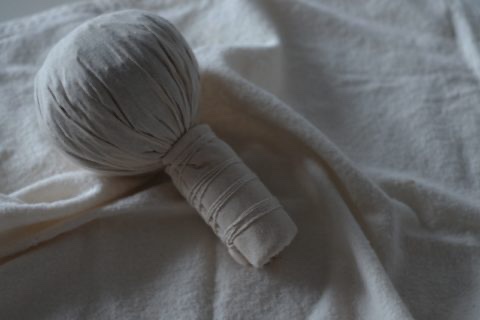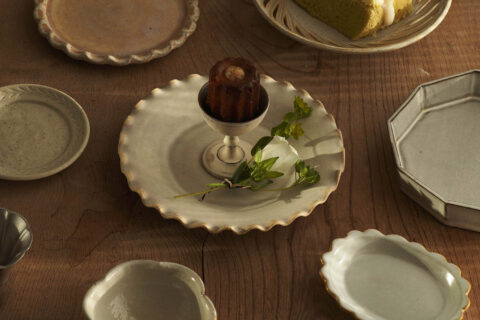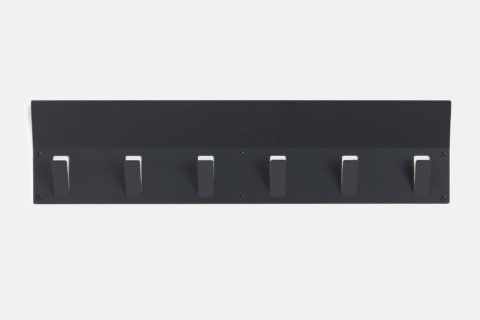
雖然在市面上已經能夠找到很多方便的清潔用品,家裡還是常備著鮑魚刷。一個較硬的,以棕櫚造成,用來刷鐵鍋,另一個較柔軟的,以劍麻造成,用來去除牛蒡等根菜類植物上的泥巴。兩個都是東京龜之子束子的出品。
「束子」是鮑魚刷在日本的說法,大概是源自其製作過程,得把一束束的植物纖維,梳理好排列好,然後用金屬細線束縛在一起。龜之子創辦於明治40年(1907年),坊間流傳著創辦人西尾正左衛門最初發明的其實是如刷子般的地毯,但因為同類產品早在英國出現,拿不到專利。某天他的太太為了打掃窗戶,將組合成地毯的細長刷子,捲成圓圈,充當打掃工具,西尾正左衛門才靈機一觸。後來又因應不同的用途,以不同的素材製作出各種刷子,打掃的、洗澡的都有。
龜之子的出品由純天然物料造成,因此使用起來時格外安心,即使細屑掉進食物裡,也不用怕對身體造成傷害。良好的刷子,再加上熱水,就是上佳的洗碗工具了,少用點清潔劑,就少點傷害環境。
Regardless of the huge variety of cleaning products that are handy to use, I always keep at home my scrubbing brushes. The palm brush is stiffer and is used to clean my steel wok; the sisal hemp brush is softer and is for wiping mud off from root vegetables like gobo. Both brushes are products from Kamenoko.
Literally translated as ‘bundle’, Tawashi is the Japanese word for scrubbing brush. To produce it, first you need to carefully align bunches of plant fibre, and tie them tightly together with a think metallic string — Such process probably gave the brush its Japanese name. Kamenoko was founded in Meiji 40 (1907). Urban legend has it saying that Nishio Shozaemon, the founder, originally planned to invent carpet with the texture of brush. However, he wouldn’t be able to have it patented as similar product already existed in England way earlier. One day, his wife rolled up a thin strip of brush from the carpet material and used it to clean the windows. Shozaemon was suddenly inspired by this alternative use of his brush. He then used different raw material to create brushes of different uses, for example cleaning and showering.
Kamenoko only uses all natural material in their production; Even if small particles of the tools are accidently dropped to the food, users can rest assured for the products’ high level of safety. Dishes can be easily cleaned with this high-quality brush with hot water. Moreover, by reducing the use of detergent, we’re actually helping to protect our natural environment too.
